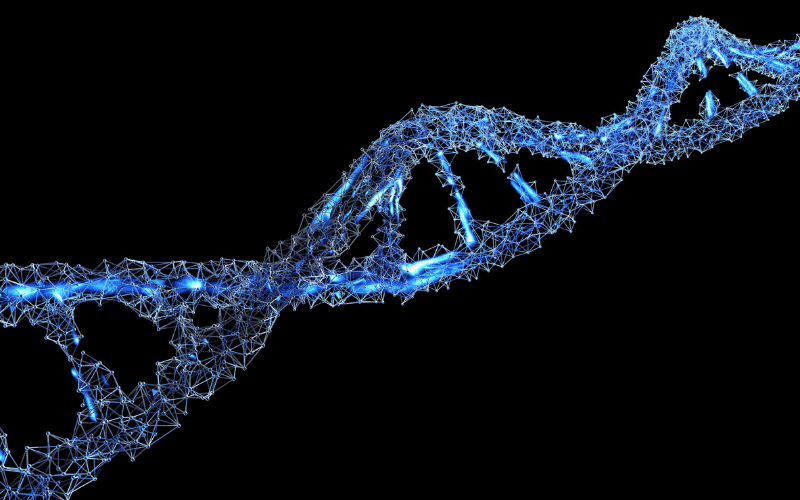Fact 6: Unraveling the Genetic Link in HLH

At the heart of primary HLH, also known as familial HLH, lies the intricate world of genetics. Genetic mutations that interfere with the functioning of the immune system often serve as the seed that germinates into this medical condition. What we know is that primary HLH is not the result of a single genetic mutation, but rather a complex series of possible genetic defects. Each of these mutations shares a common endpoint: they contribute to the overstimulation of the immune system, leading to the unchecked inflammatory response that characterizes HLH.
Numerous genes have been linked with the onset of familial HLH. PRF1, UNC13D, STX11, and STXBP2 are some of the genes commonly implicated. Each of these genes plays a crucial role in regulating the body’s immune response. They guide the formation, functioning, and regulation of different immune cells. When mutations occur within these genes, the immune cells may function abnormally, triggering an overly aggressive immune response.
The advent of advanced genetic testing has been a game-changer in diagnosing familial HLH. Genetic tests have the potential to detect mutations in any of the genes linked with HLH, thus serving as a powerful tool in confirming a diagnosis of primary HLH. Genetic testing, however, extends beyond mere diagnosis. It also helps to identify carriers within a family, individuals who carry the mutated gene but may not display symptoms of the condition themselves. This identification process is particularly crucial when considering potential stem cell donors within the family, a common treatment approach for HLH.
The significant role of genetics in HLH also influences the therapeutic strategies. A comprehensive understanding of the genetic components at play allows healthcare professionals to tailor treatment plans to an individual’s specific needs. It guides the selection of immunosuppressive therapies, identifies patients who might benefit from hematopoietic stem cell transplantation, and can even predict potential treatment responses and risks.(6)